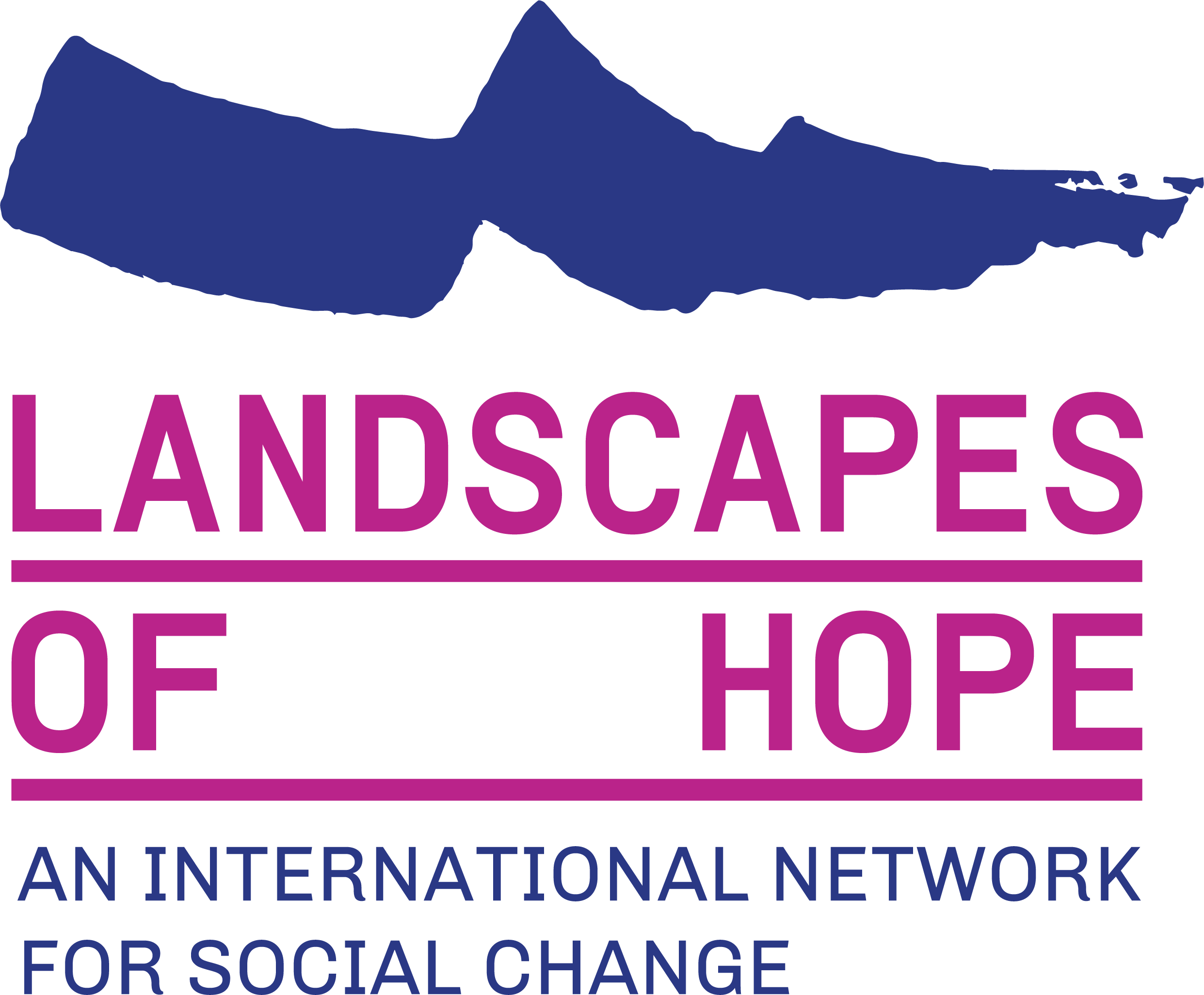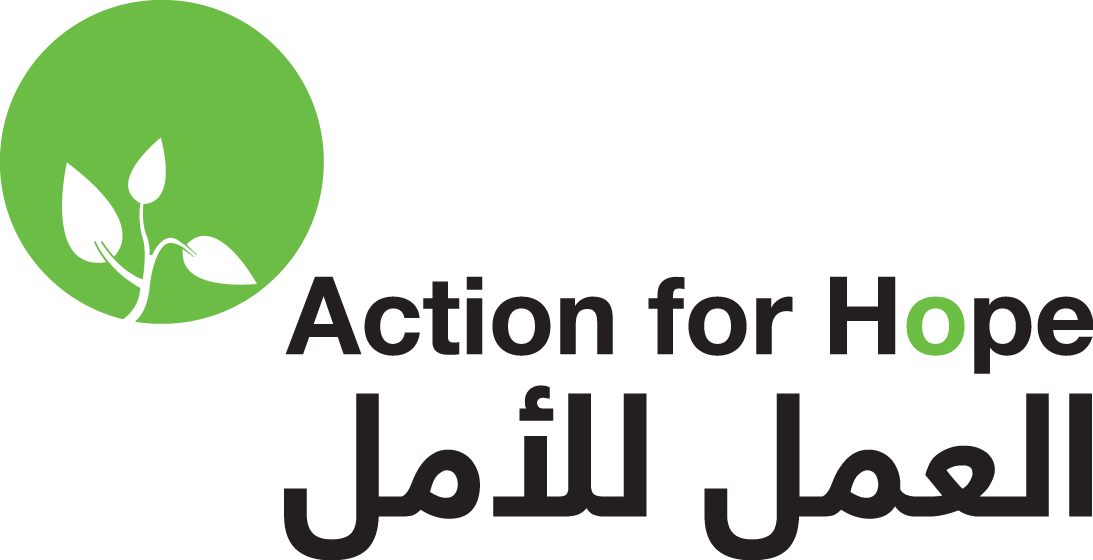Women Quilt for Hattaba in Egypt
The women of the neighbourhood of al-Hattaba in Historic Cairo joined a textile artist and a khiyamiyya (patchwork) artisan to make a communal patchwork khiyamiyya hanging that tells the women’s history in al-Hattaba. This workshop was planned as an advocacy/visibility event to counteract the official narrative concerning this neighbourhood. According to the government’s narrative, this is an informal area that encroaches on the Historic Salah al-Din Citadel and therefore should be demolished. The alternative history that the patchwork tells is one of a historic community that has a symbiotic relationship with the Citadel and whose
residents’ traditions and homes are as worthy of preservation as the Citadel. Khiyamiyya is chosen as the medium because it is a craft many of the women in al-Hattaba are employed in. The event builds on our ongoing efforts of Megawra’s sister NGO, the Built Environment Collective) to propose a scenario of preservation and development (not evacuation and demolition) of al- Hattaba to the government. It also synergises with a project Megawra is working on there to preserve a historic structure and rehabilitate it as a design and craft centre. The plan is to hang the khiyamiyya there when the conservation work concludes.
The project engaged local artisans, a textile designer and filmmaker. They were our partners from outside our field of architecture and urbanism. Maya Gowaily (textile designer) is well experienced in community art projects and has recently participated in a design project inspired by Mamluk woodwork. Hany Abdel Kader (khiyamiyya) has exhibited his 25 Jan inspired patchworks globally and is an experienced trainer. Ahmad Abu’l-Fadl works with Megawra-BEC on video documentation and is well-versed in the issues we tackle.
The patchwork was designed through participatory workshops with the women of alHattaba. The main design and craft team was joined by other community members, governmental stakeholders, cultural actors and members of the public for one day where they all quilted together. This day also included a tour of the neighbourhood in which its history is retold as a history of a community not a monument to power. The story was disseminated further through a short video about the story of making the quilt. The video is used as a human interest film to advocate for the survival of al-Hattaba.
a- A 3-day closed workshop were the 5 women from the neighbourhood worked with the designer and craftsman to develop the design based on the stories of the
women. The workshop trained five women in more advanced artisanal techniques of khiyamiyya. This workshop was extended for an extra 3 days to meet the women’s
needs for training. The women continued to work collectively with the designer and craftsman on the implementation throughout the duration of the project. These
workshops took place in al-Hattaba on one of the women’s rooftops.
b- A 1-day celebration in which everybody came together to work on the patchwork alongside artists, cultural activists and even decision makers were invited to come,
sew and embroider together. This day also included a tour of the neighbourhood for around 40 persons. The women then continued work on the patchwork to finish it with designer and craftsman. This day also included activities for the children of the neighbourhood. These included colouring sheets from the different motifs in the
patchwork so the children can assemble their own patchwork out of paper, teaching them the basics of patchwork and an interactive history lesson on the history of the
monument the patchwork will hang in.
c- The launch of the short film and hanging of the khiyamiyya in the historic building we are rehabilitating. This even took place during our annual event ‘Spend the Day in al-Khalifa 7’ and celebrated the oral and intangible history of the area. The event included anther guided tour of the area that was attended by 45 people and the entire event was attended by approximately 100 people varying from people from within the community, experts in the fields of heritage, architecture and urbanism and the general public. The film was also disseminated through our social media pages and shared on our website.

